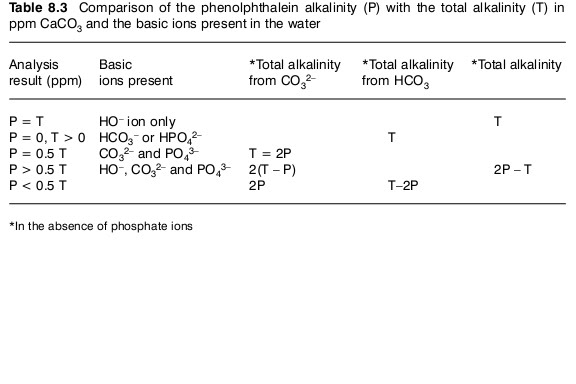
7 Effective Ways to Lower the Alkalinity in Your Koi Pond
Introduction
Maintaining optimal water conditions in your koi pond is crucial for the health and well-being of your fish. One important parameter to monitor is the alkalinity level. High alkalinity can cause various issues in your pond, such as pH fluctuations, decreased oxygen availability, and poor fish health. In this article, we will explore 7 effective ways to lower the alkalinity in your koi pond and ensure a harmonious environment for your beloved fish.
1. Test and Monitor Alkalinity Levels
Before you start adjusting the alkalinity, it’s crucial to test and monitor the alkalinity levels using a reliable test kit. This will help you determine the initial alkalinity level and track the progress as you apply the methods mentioned in this article.
2. Partial Water Changes
Performing partial water changes is an effective method to reduce alkalinity in your koi pond. By replacing a portion of the water regularly, you dilute the alkaline compounds, bringing down the overall alkalinity. Ideally, aim for a 10-20% water change every week. Make sure to treat the new water with a dechlorinator before adding it to the pond.
3. Use pH Decreasing Additives
pH decreasing additives, such as muriatic acid or sodium bisulfate, can be used to lower alkalinity levels in your koi pond. However, it’s essential to handle these chemicals with care and follow the manufacturer’s instructions meticulously. Start with small doses and measure the impact on the alkalinity before adding more.
4. Install a Calcium Carbonate Filter
A calcium carbonate filter, also known as a crushed coral filter, can help stabilize and lower alkalinity levels in your pond. Water passing through the filter interacts with the calcium carbonate, resulting in reduced alkalinity. This method is more suitable for long-term alkalinity control rather than immediate lowering.

5. Increase Aeration and Circulation
Improving aeration and circulation in your koi pond can help reduce alkalinity levels. Increased water movement promotes gas exchange, allowing carbon dioxide to escape, which in turn helps lower alkalinity. Consider installing a fountain, waterfall, or air pump to enhance oxygenation.
6. Use Acidic Fertilizers Carefully
If you have plants in or around your koi pond, be mindful of the type of fertilizers you use. Acidic fertilizers can significantly affect the alkalinity of your pond water. Opt for fertilizers that are specifically formulated for ponds or use organic alternatives that have a minimal impact on water alkalinity.
7. Professional Help and Regular Testing
If you’re uncertain about addressing the alkalinity issue on your own, consider consulting a professional pond specialist. They can provide expert advice tailored to your specific pond conditions. Additionally, regular water testing, including alkalinity measurement, should be conducted to ensure the ongoing health and stability of your koi pond.
Conclusion
Maintaining the right alkalinity level in your koi pond is essential for creating a conducive environment for your fish. By implementing the 7 effective methods mentioned in this article and regularly monitoring the alkalinity, you can ensure a healthy and thriving ecosystem for your beloved koi. Happy pond-keeping!